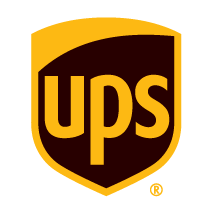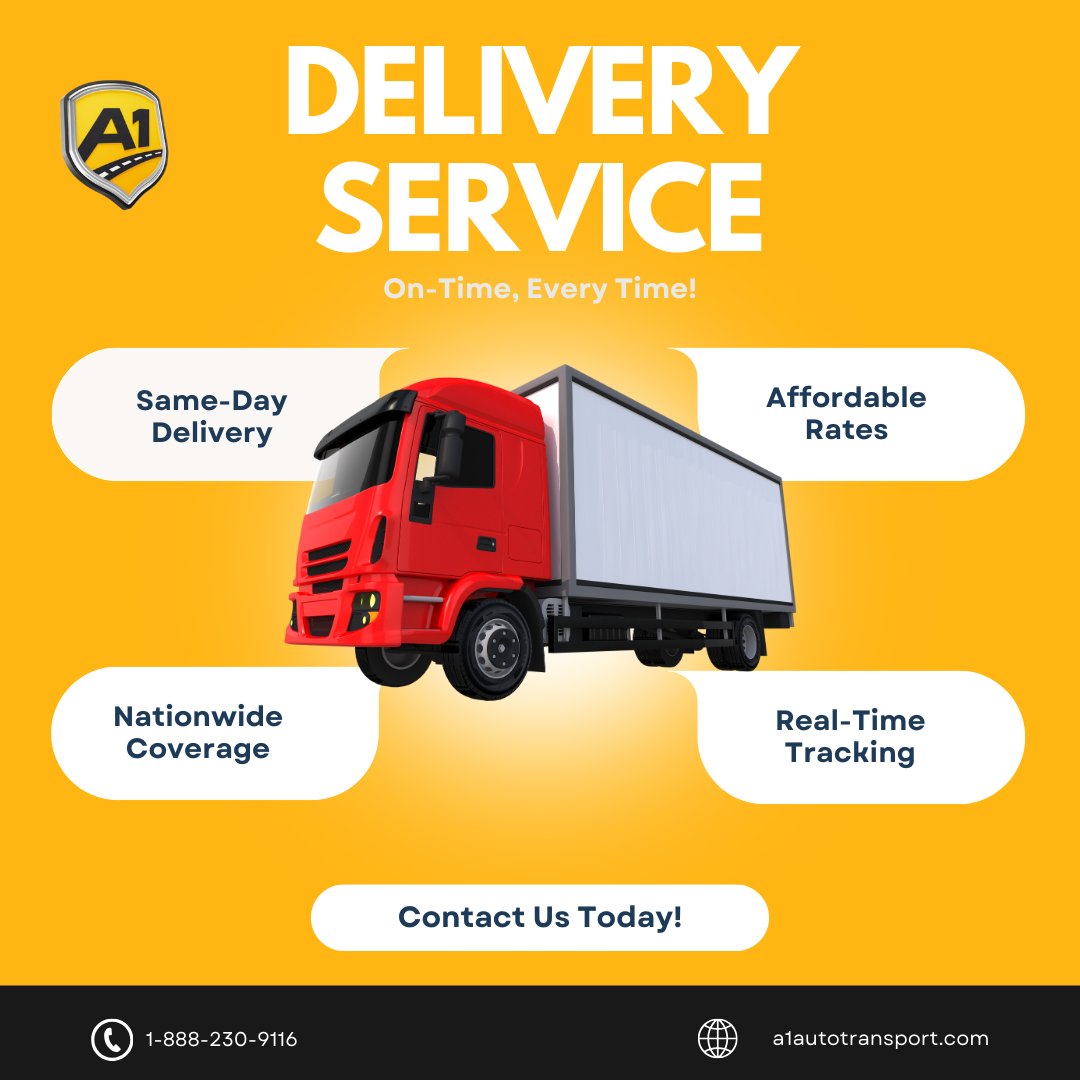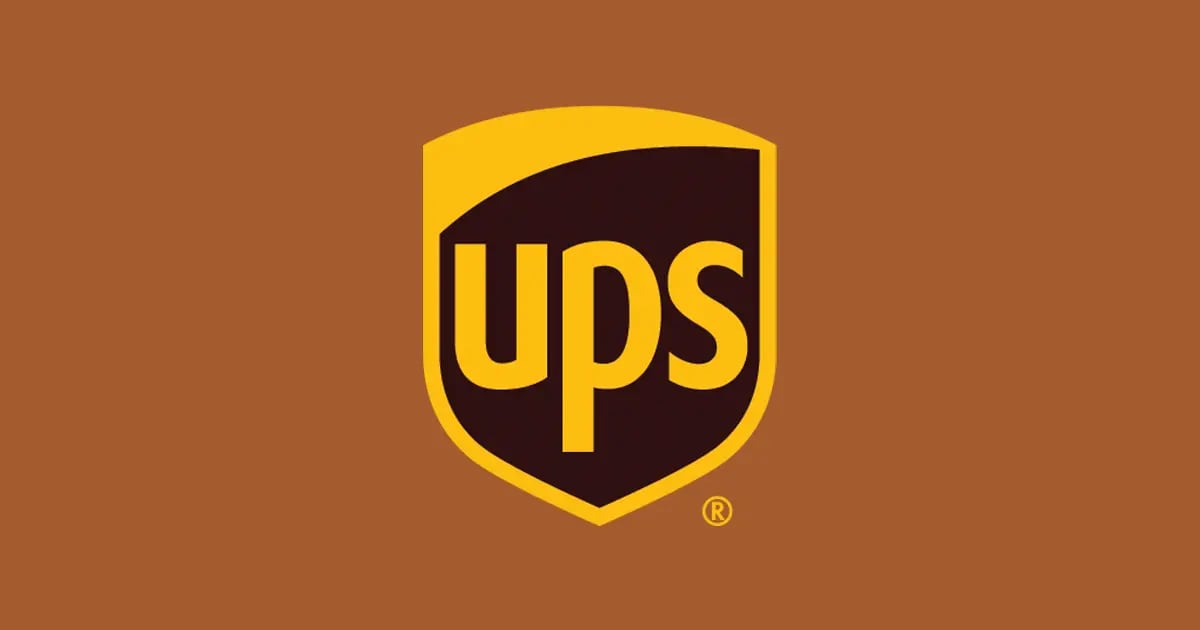
- Admin
- October 2, 2025
- Marketing & Advertising
Using SEO Tools to Monitor Listing Performance
In the ever-evolving world of digital marketing and advertising, maximizing visibility is the cornerstone of success. For brands, agencies, and businesses operating online, monitoring the performance of listings—be it products, services, or business profiles—has become essential to staying ahead of the competition. With the rise of powerful SEO tools, marketers now have the ability to track, analyze, and optimize their listings like never before. This comprehensive guide explores how to effectively use SEO tools to monitor listing performance, drive more qualified traffic, and achieve greater return on investment.
Why Monitoring Listing Performance Matters
Online listings—ranging from e-commerce products and local business directories to real estate pages and service offerings—serve as the digital touchpoints for potential customers. The performance of these listings directly impacts search engine rankings, click-through rates, and ultimately, revenue. By regularly monitoring listing performance with the right SEO tools, businesses can:
- Identify and resolve visibility issues
- Track keyword rankings and organic reach
- Analyze user engagement and conversion rates
- Uncover optimization opportunities
- Benchmark against competitors
Key SEO Metrics for Listing Performance
To get the most from SEO tools, it’s vital to understand which metrics matter most for your listings. Here are some of the essential SEO performance indicators to monitor:
- Impressions: How often your listing appears in search results.
- Click-Through Rate (CTR): Percentage of users who click your listing versus those who see it.
- Average Position: Where your listing ranks for target keywords.
- Organic Traffic: Number of visitors arriving through search engines.
- Conversion Rate: Percentage of visitors taking desired actions (e.g., purchase, inquiry).
- Bounce Rate: Users leaving after viewing a single page.
- Keyword Rankings: Your position for relevant search queries.
- Backlinks and Domain Authority: The strength and trustworthiness of your listing’s page.
Popular SEO Tools for Monitoring Listings
There’s an abundance of SEO tools tailored for monitoring listing performance. Here are some of the top-rated platforms preferred by digital marketers:
- Google Search Console: Essential for tracking search impressions, CTR, and keyword queries.
- SEMrush: Offers comprehensive keyword tracking, competitor analysis, and site audits.
- Ahrefs: Renowned for backlink analysis, keyword monitoring, and site health checks.
- Moz Pro: Provides keyword tracking, on-page optimization, and listing management.
- BrightLocal: Specializes in local SEO and monitors local business listings across directories.
- Screaming Frog: Excellent for technical site audits and identifying listing errors.
- Google Analytics: Tracks user behavior, traffic sources, and conversion events.
- Yext: Streamlines management and performance tracking of business listings across directories and maps.
Setting Up Tracking for Your Listings
Effective monitoring starts with setting up your SEO tools correctly. Here’s a step-by-step approach:
- Define Your Goals: Specify what you want to achieve—higher visibility, more sales, increased inquiries, etc.
- Identify Key Listings: List all products, services, or business profiles you want to monitor.
- Integrate Analytics: Connect your website or platform with tools like Google Analytics and Search Console.
- Set Up Keyword Tracking: Use SEMrush, Ahrefs, or Moz to track your target keywords for each listing.
- Monitor Directory Listings: For local businesses, ensure your listings on Google My Business, Yelp, Bing Places, etc., are claimed and tracked.
- Configure Alerts: Set up notifications for ranking drops, broken links, or listing errors.
Analyzing Listing Data for Actionable Insights
Once your tracking is in place, the next step is to interpret the data and identify areas for improvement. Here’s how SEO tools help you turn raw data into actionable insights:
1. Keyword Performance Analysis
Review which keywords are driving impressions and clicks to your listings. Identify low-performing keywords and optimize your listing titles, descriptions, and metadata to target high-value search terms. Tools like SEMrush and Ahrefs visualize keyword movement over time, making it easy to spot trends.
2. Competitor Benchmarking
SEO tools allow you to compare your listings with competitors. Assess how your rankings, CTR, and traffic stack up against similar businesses. Use this information to refine your keyword strategy, enhance your listings, and fill content gaps.
3. User Behavior Insights
Integrate Google Analytics to understand how users interact with your listings. Analyze bounce rates, session duration, and conversion paths to pinpoint friction points. Optimize calls-to-action, images, and descriptions based on these findings.
4. Technical SEO Health
Regular site audits with Screaming Frog or Moz Pro can uncover technical issues like broken links, duplicate content, or missing metadata that affect your listings’ performance. Address these promptly to ensure seamless user experience and maintain search rankings.
Optimizing Listings Based on Data
Data-driven optimization is the key to sustained listing success. Use insights from your SEO tools to implement the following best practices:
- Enhance Titles and Descriptions: Incorporate primary keywords naturally, and make titles compelling to boost CTR.
- Improve Images and Rich Media: Use high-quality visuals and structured data (like schema markup) to stand out in search results.
- Update NAP Consistency: For local listings, ensure your Name, Address, and Phone Number are identical across all platforms.
- Solicit and Manage Reviews: Positive reviews improve user trust and can impact local search rankings.
- Address Technical Errors: Resolve crawl errors, mobile usability issues, and slow page speed.
- Monitor and Acquire Backlinks: Increase your listing’s authority by earning quality backlinks from reputable sources.
Automating Listing Monitoring with SEO Tools
With multiple listings across platforms and channels, manual monitoring becomes impractical. Leading SEO tools offer automation features to streamline the process:
- Automated Reports: Schedule weekly or monthly performance reports to your inbox.
- Real-Time Alerts: Get instant notifications for ranking changes, broken links, or negative reviews.
- API Integrations: Connect SEO tools with your CRM, dashboard, or analytics platform for centralized data management.
- Bulk Listing Management: Use platforms like Yext or BrightLocal to update and monitor hundreds of listings from a single interface.
Common Challenges and How to Overcome Them
While SEO tools make monitoring easier, businesses may encounter some common hurdles:
1. Data Overload
With so many metrics available, it’s easy to get overwhelmed. Focus on your core KPIs and use dashboards to visualize only what matters most.
2. Inconsistent Data Sources
Different tools may report slightly different figures. Choose a primary source for each metric and use secondary tools for validation.
3. Keeping Up with Algorithm Updates
Search engines frequently update their algorithms. Stay informed via tool blogs, industry forums, and adapt your strategies accordingly.
4. Managing Multiple Listings
For businesses with many listings (e.g., franchises), invest in specialized platforms that offer bulk management, automated updates, and performance tracking.
Emerging Trends in Listing Performance Monitoring
The landscape of SEO and digital marketing is continuously shifting. Here are some trends shaping the future of listing performance monitoring:
- AI-Powered Insights: Modern tools leverage artificial intelligence to identify optimization opportunities and predict outcomes.
- Voice Search Optimization: Listings are being optimized for voice queries, requiring natural language keywords and concise answers.
- Mobile-First Tracking: With mobile searches dominating, tools are focusing on mobile-specific performance analytics.
- Integration with Paid Media: Unified dashboards now allow businesses to monitor organic and paid listing performance side by side.
- Review and Reputation Monitoring: Automated sentiment analysis helps brands manage their online reputation in real time.
Conclusion: Harnessing SEO Tools for Competitive Advantage
In the digital era, the visibility and performance of your listings can make or break your marketing and advertising success. By leveraging advanced SEO tools, businesses can monitor critical metrics, identify optimization opportunities, and respond rapidly to changing trends. Whether you’re managing a handful of product pages or hundreds of business listings, the right tools empower you to make informed decisions, enhance user experience, and outpace your competition.
Start by auditing your current listings, select the best SEO tools for your needs, and commit to regular performance reviews. With a data-driven approach, your listings will consistently rank higher, attract more qualified traffic, and drive measurable business growth.
Further Reading & Resources
- Search Engine Land – Latest SEO news and strategies
- Moz Beginner's Guide to SEO
- Ahrefs Blog – Advanced SEO analysis
- SEMrush Academy – Free SEO courses
- Google Search Central – Official SEO guidelines
Recent Blogs
Related Listings
Categories
- Agriculture & Farming (96)
- Arts & Culture (258)
- Automotive (190)
- Beauty & Spa (95)
- Bookstore Libraries (100)
- Cleaning Services (85)
- Construction & Contractors (251)
- Education & Training (126)
- Electrical Services (76)
- Energy & Environment (100)
- Entertainment & Media (105)
- Finance & Insurance (338)
- Freight & Shipping (0)
- Government & Public Services (160)
- Health & Medical (388)
- Home & Garden (78)
- Home Automation (100)
- Hotels & Travel (197)
- Immigration Services (99)
- Legal Services (163)
- Manufacturing (415)
- Marketing & Advertising (1047)
- Non-Profit & Charities (121)
- Personal Services (119)
- Pest Control (101)
- Pet Services (218)
- Plumbing Services (85)
- Printing Services (100)
- Real Estate (333)
- Restaurants & Food (309)
- Retail & Shopping (194)
- Security Services (100)
- Sports & Recreation (151)
- Technology & IT (609)
- Telecommunications (120)
- Transportation & Logistics (227)
- Travel (426)
- Water Purification (97)
Questions & Answers – Find What
You Need, Instantly!
How can I update my business listing?
Is it free to manage my business listing?
How long does it take for my updates to reflect?
Why is it important to keep my listing updated?









